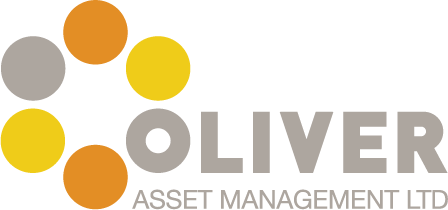Dear readers,
We are proud to see our blog back online after a period of downtime. Some misbehaving servers over with our web providers seem to finally have been tamed. Apologies if you came by and were greeted with Internal Error 500, hopefully we won’t see it again.
So back to your planning…
Interestingly the topic of exactly which countries to invest in has come up a few times recently, and as usual with investment, there is a myriad of ideas and more than a little ‘market noise.’ As followers of this blog will know, we do not buy into ‘hot tips’ or speculation, and firmly believe diversification and long term planning is the only justifiable approach.
Some actually quite artisitic diagrams will now follow to help explain why.
The first, World Market Capitilisation, is a cartogram depicting the world by the size of each country’s stock market relative to the world’s total market value (free-float adjusted). Please click to enlarge.
Diagram 1
The cartogram brings into sharp relief the investible opportunity of each country relative to the world. It avoids distortions that may be created or implied by attention to economic or fundamental statistics, such as population, consumption, trade balances or GDP.
By focusing on an investment metric rather than on economic reports, the chart further reinforces the need for a disciplined, strategic approach to global asset allocation. Of course, the investment world is in motion, and these proportions will change over time as capital flows to markets offering the most attractive returns.
Viewing the world map by relative market capitalisation illustrates the importance of building a globally diversified portfolio and avoiding a home market bias.
The second and third diagrams below serve to make the point further.
This table in diagram 2 ranks annual stock market performance in US dollar terms for eighteen different global markets (from highest to lowest) over the last twenty-five years. The colours correspond to the countries featured on the next slide, and the patchwork dispersion of colours shows no predictable pattern.
Diagram 2
Investors who follow a structured, diversified strategy are more likely to capture the returns wherever they happen to occur. Investing in securities markets outside the UK helps build more extensive diversification into a portfolio.
The chart in diagram 3 shows annual performance in US dollar terms of eighteen developed-country stock markets for the last twenty-five years, highlighting the top performer in each calendar year. Over this period, the UK market was only the top performer once.
Diagram 3
Although many investors prefer to keep their capital close to home, they may pay a high price in terms of lower diversification and missed opportunity.
Next time you hear geographically related speculation, try to imagine predicting the the next line of colours in diagram 2…
Malcolm Stewart



